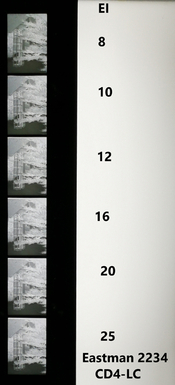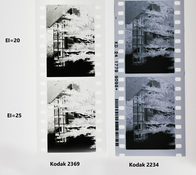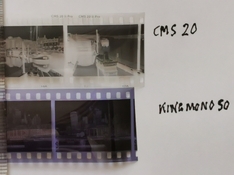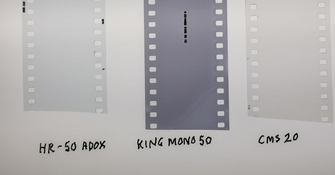- Joined
- Nov 16, 2004
- Messages
- 3,350
Eterna RDS 4791 was a bit foggy for reasons unknown so I turned to Kodak.
I found two Eastman films which from the MTF chart have a notably high resolution.
2234- available in cassettes in UK but not ? in US.
2369- available as Film Photography Project High-Con 2369 in cassettes.
2234 was tried with CD4-LC developing 20% longer than CMS20 II above, post 72.
It appears that 2234 can be shot at EI =25 (attachment).
The results of the first test suggest it comes close to CMS20 II.
I hope to make a field trial of 2234 followed by a test of 2369.
I found two Eastman films which from the MTF chart have a notably high resolution.
2234- available in cassettes in UK but not ? in US.
2369- available as Film Photography Project High-Con 2369 in cassettes.
2234 was tried with CD4-LC developing 20% longer than CMS20 II above, post 72.
It appears that 2234 can be shot at EI =25 (attachment).
The results of the first test suggest it comes close to CMS20 II.
I hope to make a field trial of 2234 followed by a test of 2369.










